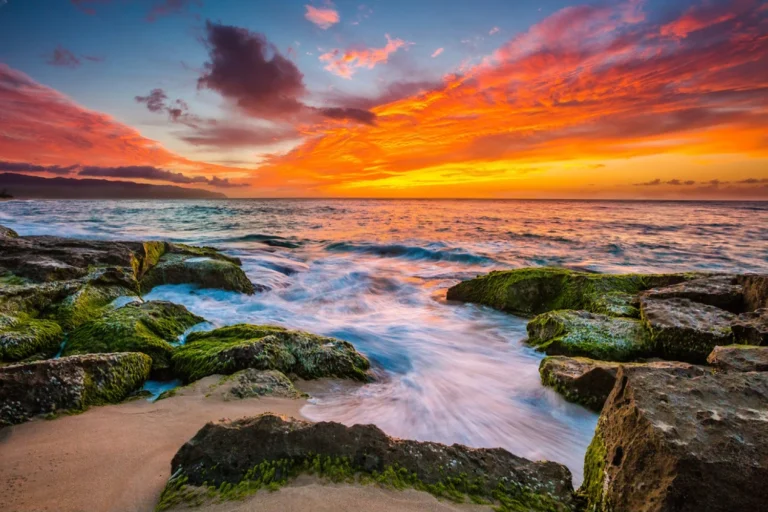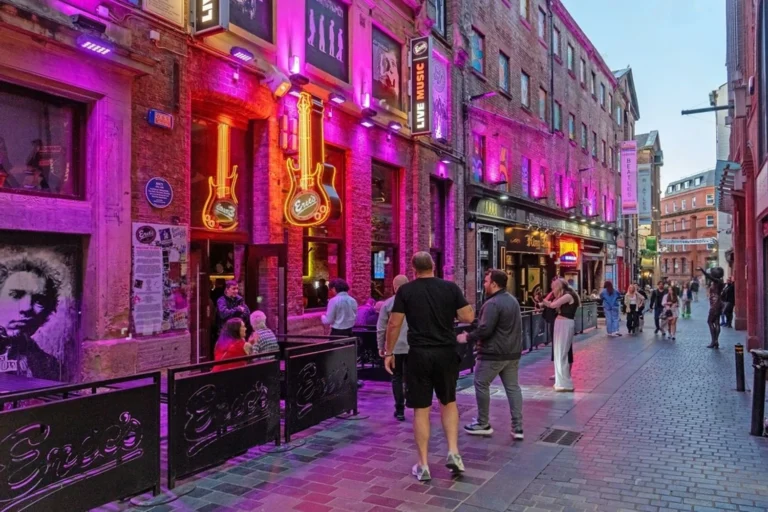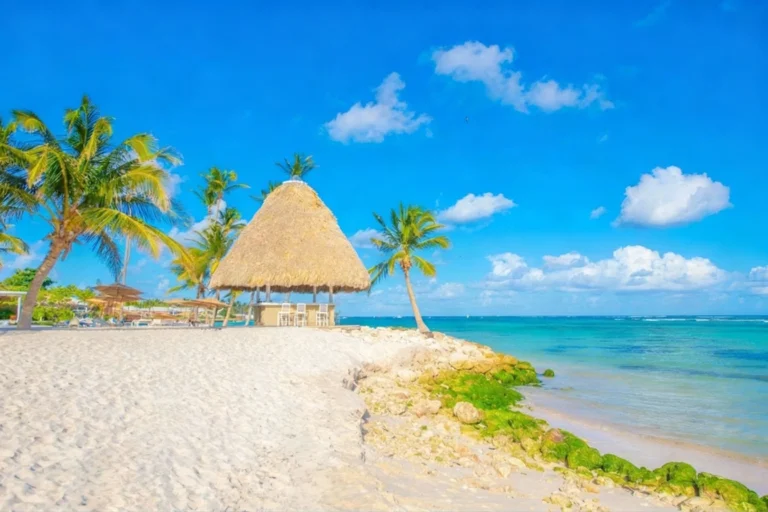Miami: 30 Weird and Wonderful Details Beneath the Glamour
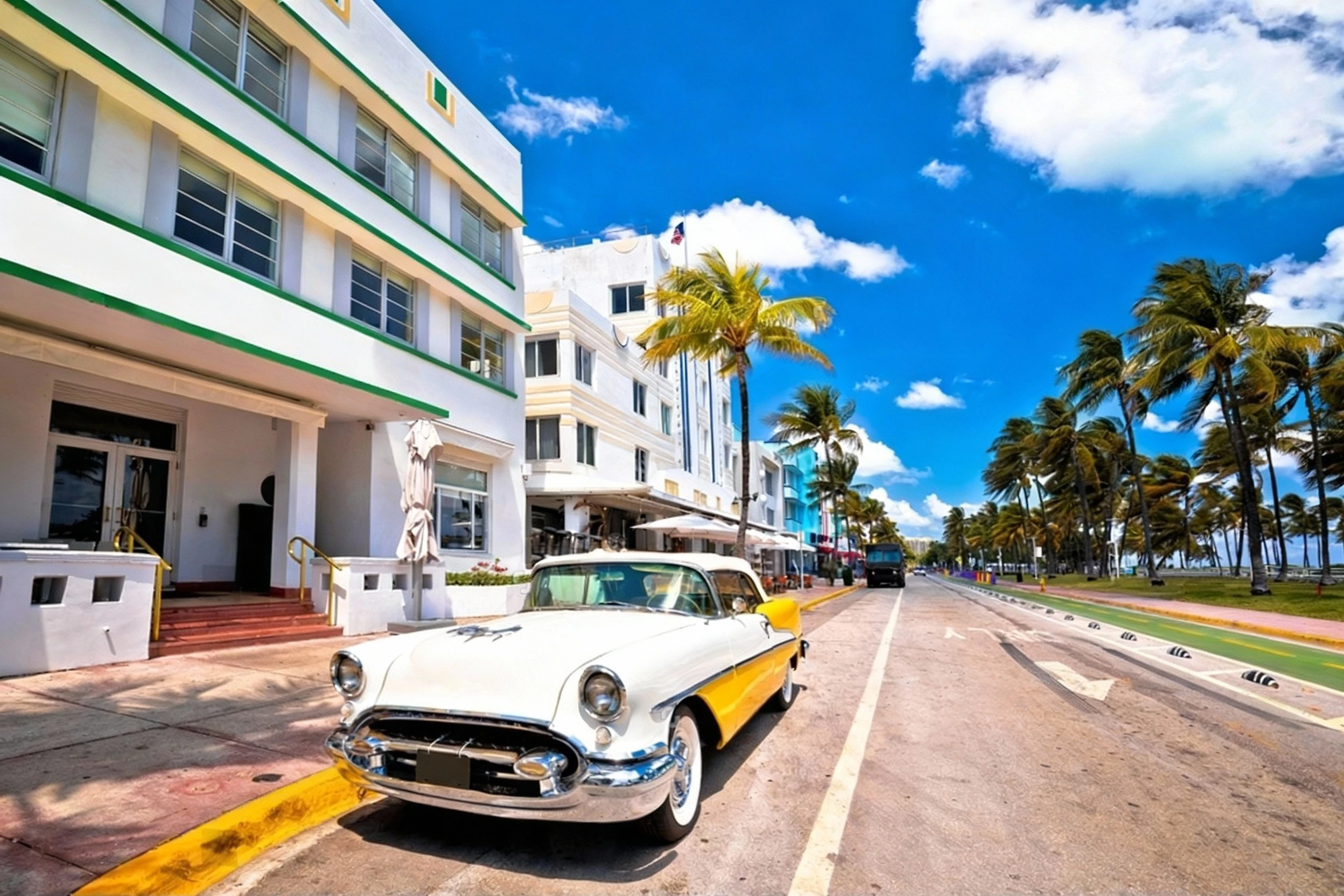
Miami reveals itself slowly, like lifting the corner of a bright quilt to find the careful stitches beneath, and I’ve been following those threads through salt tinged air and the hush between waves. In the glow of streetlights on damp pavement, you notice small kindnesses a door held open, a laugh shared over a tiny counter that remind you where you are. After rain, colors deepen and windows steam, and you catch the faint clink of cups and the soft scrape of chairs as evening settles in. This is a wander for hidden stories and overlooked seams, the moments that don’t make the postcards but carry the place’s quiet warmth.
A city born from one woman’s audacity
Some mornings, when the sun lays a peach glaze over the glass towers and the air smells like warm salt, I think about how unlikely this place really is. The only major U.S. city founded by a woman – Julia Tuttle – who persuaded a railroad tycoon to drive his line farther south, and suddenly there was permission for life to gather here. The Magic City, born from a single stubborn spark, still feels like it’s running on her courage.
I remember learning that and watching the skyline change colors at dawn; it made the whole view feel personal, almost tender, like the buildings were quietly saying thanks. Every sunrise is a little hat tip to her hustle, a reminder that Miami grew not just from money or sunshine, but from someone’s nerve. Maybe that’s why the place hums with a certain optimism – an invitation to believe that a bold idea, carried all the way, can turn heat and coastline into home.
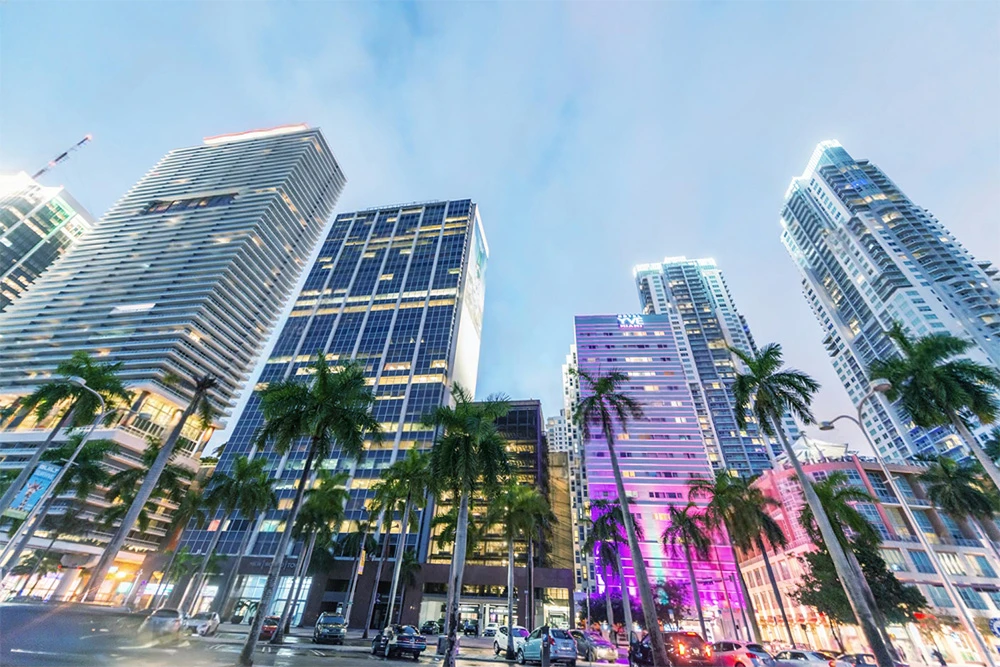
A name carried by big water's ancient whisper
Some names just click the moment you hear them. This one comes from the Mayaimi, meaning big water, and once you know it, the city suddenly makes more sense: the silver hush of canals under palms, lagoons loosening into the bay, salt in the air at dusk. It feels stitched together by blue threads, glinting and shifting with every change of light.
I remember an afternoon storm, the kind that cools the heat in minutes; raindrops drummed on tin roofs, and neon rippled across the puddles afterward. In Miami, you feel the city breathe like a tide patient, unpredictable, a little playful. The name stops being trivia and turns into a quiet truth: life here answers to water, and it keeps teaching everyone how to move.
A beach built on grit and borrowed sand
Hard to believe, hearing the clink of glasses along Ocean Drive and the sea breathing warm against your skin, that the party isn’t on a natural shore. A century ago it was mangrove thickets and slow, tea colored water; then came human stubbornness and mountains of sand, and somehow the coastline shifted to match a dream. The idea that Miami Beach was coaxed from swamps still makes me pause, like realizing the ground tells a story you never thought to ask about.
Maybe that’s why the nights feel a little electric here glamour with a pulse of effort underneath. I remember someone telling me over a late cafecito, and suddenly the music sounded like a toast to reinvention: every soiree on Ocean Drive happening on a dance floor built from swamp and willpower. It’s messy, audacious, beautiful proof that the spirit of this place has always been to imagine more shoreline and then make space for it.
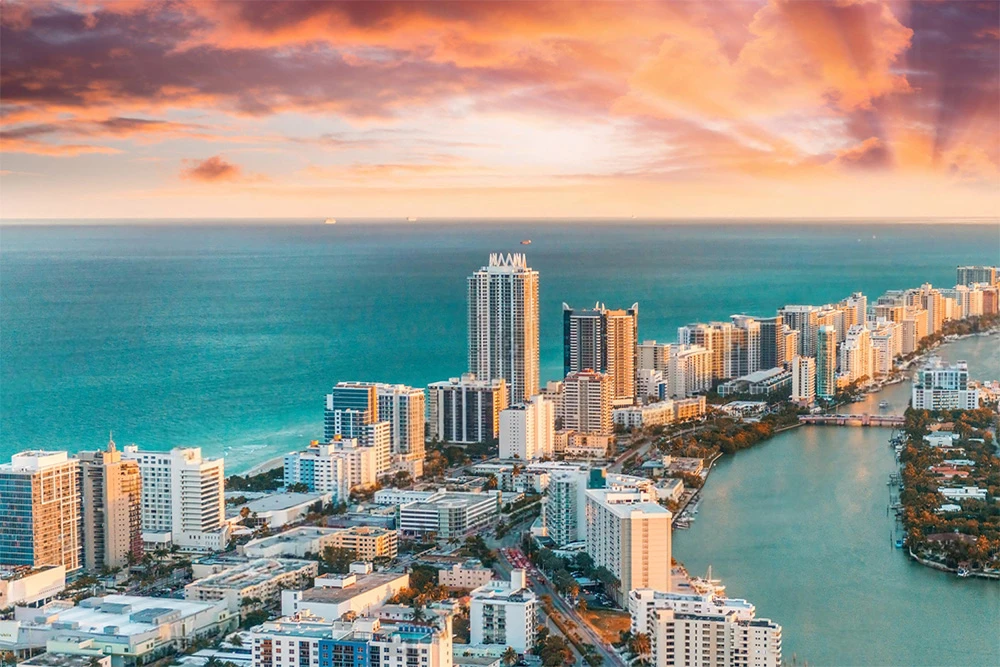
The day winter lost its map by mistake
I love the story locals tell about the morning the sky changed its mind. On January 19, 1977, it snowed the only time on record. The air still tasted of salt and sunscreen, but a thin chill threaded through it as pale flakes drifted down and vanished on warm skin. Palm fronds held rigid against the breeze, and for a breath the traffic lights glowed through a soft, passing veil. In Miami, people simply looked up and laughed in disbelief, trying to decide if this was magic or a glitch.
It lasted minutes, but that’s why it lingers: a brief, shared astonishment that turned strangers into storytellers. I remember someone telling me their grandmother still swears she could hear the whole city go quiet, just long enough to feel the world tilt in a new direction. It felt like proof that places we think we know have secret notes they play only once, and that here, even weather becomes a memory you pass around, gentle and shining in the palm.
A city of endless parks and borrowed ocean breezes
I didn’t expect the hush of grass to be the loudest thing a city could say. Miami turns out to be as green as it is glossy, with more than 800 parks tucked between salt air and the low purr of traffic. I remember sunscreen on my shoulders, palm shadows flickering across my knees, and that light, salty wind that makes your breath feel longer.
If you know where to look, you can sink into sun all week without touching the same patch twice mangrove edges one day, a lakeside slope the next, a tiny pocket park beside a café after that. The lawns feel like a green quilt stitched by sea wind, where abuelas shuffle dominoes under a gazebo and a stray kite tugs at the sky.
What surprised me most is how generous it feels. For a place famous for dazzle and speed, its true luxury is room to exhale a city that’s somehow one of the greenest and breeziest in the country. It’s like flipping through a book of summers, one page at a time, finding a new sun warmed square just when you thought you’d seen them all.
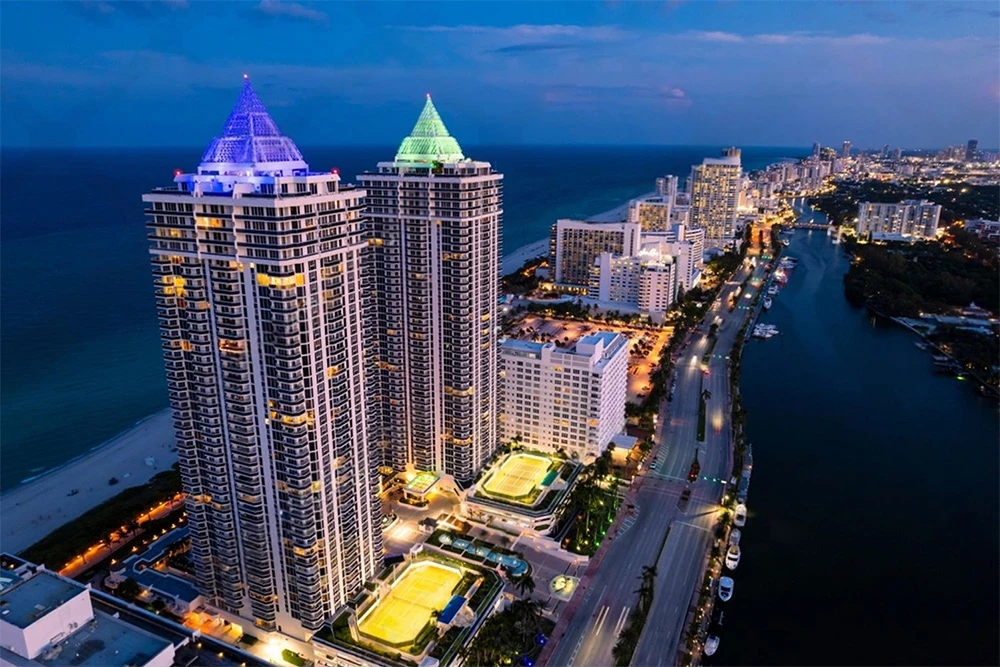
When the Miami River quietly changes its mind
I remember the first time the river changed its mind. One moment the surface slid toward the bay; then, as the tide pushed in, leaves and foam turned around and drifted past us in reverse. The mint on my lips, the clink of ice, a warm slip of sea air all of it made the regulars smile while the new folks blinked at their mojitos, wondering if they’d missed something.
It felt so Miami, unpredictable but rhythmic, like a dancer reversing a step mid song and somehow keeping the beat. Watching water backtrack made me oddly hopeful: a place that can go both ways without apology makes room for detours in people, too. I left that night tasting lime and river breeze, thinking it’s okay to change direction when the tide says, and still belong.
https://en.wikipedia.org/wiki/Miami
Where Art Deco Strolls the Shore in Pastels
I remember the first morning light sliding across those facades and feeling the street blush mint, peach, and lemon with palm shadows flickering over the smooth curves. The air tasted a little like salt and sunscreen, and somewhere a soft neon hum seemed to hold the memory of last night’s glow.
In Miami, someone told me it’s the largest collection of Art Deco in the world, and suddenly it made perfect sense. Everywhere, a sweep of porthole windows, chrome trim, and tidy stripes; even the lifeguard stands double as little bursts of retro‑modern art, painted tangerine and sky blue, standing watch over the surf.
What stays with me is the mood of it all an easy, buoyant optimism in the geometry, the colors, the light. It makes you stroll a bit slower, breathe a bit deeper, like a jukebox left on the beach playing something bright enough to carry you through the day.

A city held between two wild blue green worlds
Some cities borrow a park; this one is bracketed by two. I remember breathing air that tasted of salt and sweet grass in the same moment, and both directions at once seemed possible. It’s a gentle kind of awe to realize daily life here keeps company with alligators to the west and coral gardens to the east.
To one side, the Everglades spreads in a hush of wind over sawgrass, water so unhurried your breathing tries to match it. Herons lift, and somewhere a low splash reminds you who’s really at home. In Miami, even the horizon looks softer, hinting that the land is more water than line on a map.
On the other side, Biscayne is all clarifying light: crystalline aquamarine, the flicker of parrotfish over reefs, salt on the lips. You learn a city can be held like bookends by wilderness life here feels steadier for its grass and tide. It makes ordinary errands feel almost sacred, knowing two national parks live on either side.
Warehouses reborn into a living, ever changing gallery
I remember the sun warming the concrete and the faint sweetness of fresh paint lingering in the air. At Wynwood Walls, the old warehouse bones wear new skin that never stays the same, color layered over gray. People slow down here, caught by a narrow gold line, a sudden neon bloom, a quiet signature tucked in a corner.
Every mural shifts the mood one day vivid birds, the next a stern face softened by rain and you start to trust impermanence. Where loading docks once waited, there’s laughter, Spanish and English trading places, and the soft rasp of a spray can somewhere just out of sight; the walls seem to breathe. I love how it reminds me that a place is most alive when it keeps changing, and how letting art live in public can make a whole neighborhood feel braver.
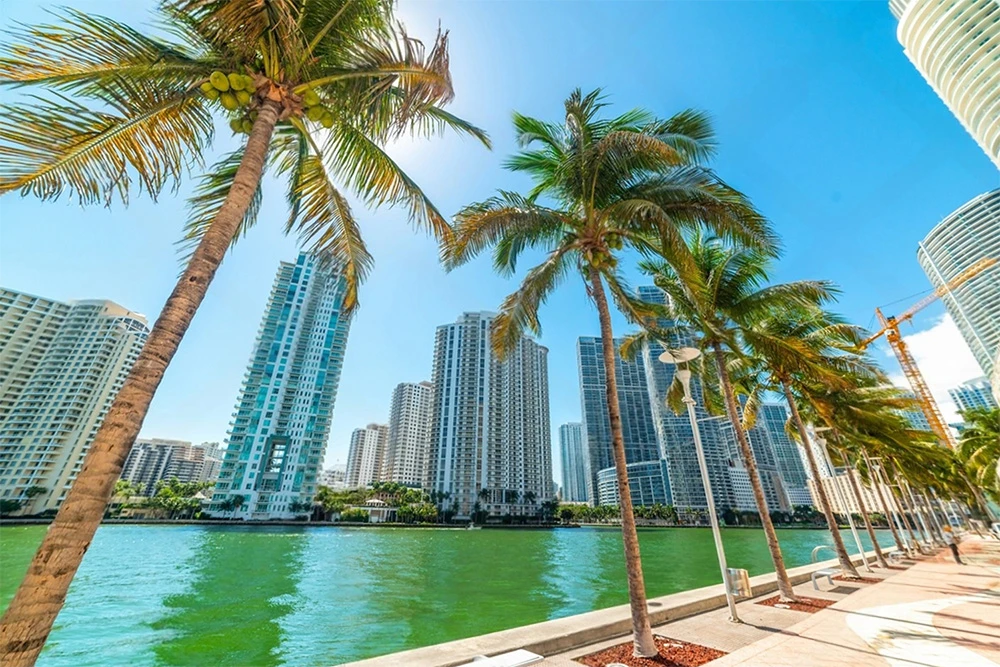
A sunken playground beneath the city’s glittering shoreline
I didn’t expect the party bright coast to keep such a quiet secret. Beyond the chop of the breakers, the water cools to blue green and a whole world waits: more than fifty wrecks barnacled ships, ghostly planes, even an army tank settled in the sand an underwater neighborhood where time holds its breath. It still surprises me how a place so loud with sunshine can hold so much hush just a few breaths below.
I remember hearing about it and feeling oddly comforted: under all the sparkle, there’s a quiet world built from yesterday’s machines. Fish thread through open cabins, sunlight falls in soft strips, and the salt makes everything taste a little older and kinder. It feels brave to turn old steel into shelter and story. No wonder Miami wears the playful crown of “Wreckreational Diving Capital of the World” not just for the number of wrecks, but for the way the city keeps finding new lives in unexpected places.
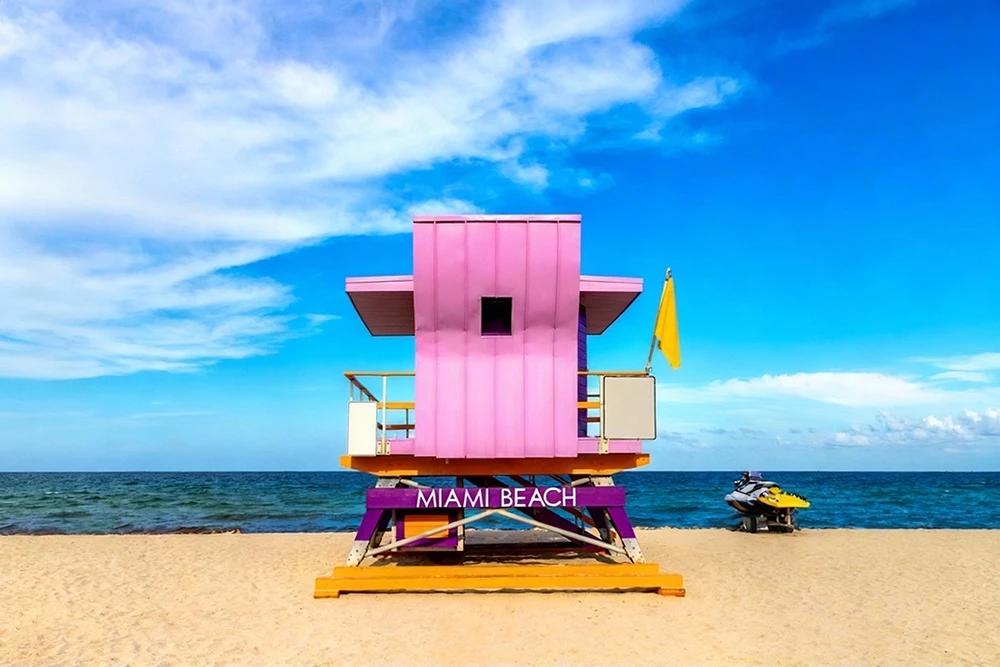
Parakeets Turn Mornings Into Tropical Choruses
I remember a morning when the banyan out front shook itself awake and a spray of lime green parakeets lifted off. Their chatter skimmed across the block, sharp and bright, like confetti you could hear. I laughed into my cafecito, surprised that a wake up call could feel so playful.
They weren’t meant for this skyline, people say – escapees from cages and backyards – but the city parks took them in and now they act like they’ve always belonged. In Miami, their squabbles braid into the day’s first sounds: sprinklers ticking, buses yawning, neighbors calling hello. I love how their citrus colored beaks flash between palm fronds as if the trees themselves were gossiping.
Maybe that’s why they feel like the city’s truest note: a little unruly, wildly colorful, and somehow exactly right. Watching them, I think about how second chances grow like vines on a fence, and how a place can be generous enough to hold the noisy, beautiful parts of our lives until they feel like home.

Where the Whopper’s first flame lit up Miami
It’s wild how a single lick of flame can start something that never really stops. Back in 1954, Burger King set its first burger right over open fire and called it the Whopper, and suddenly fast food smelled like smoke and possibility. I remember hearing that and catching the faint char from a corner grill the sear, the snap of pickles, that soft sweetness of the bun and thinking, yes, this is how comfort should announce itself.
Maybe that’s why locals still chase the original, not out of nostalgia but because the taste feels honest, like a neighborhood campfire everyone’s welcome to. In Miami the sun already tastes a little like salt and heat, and the Whopper’s flame seems to borrow a little of both. It isn’t just a burger; it’s the city’s old promise that simple things, done with fire and care, can keep surprising you.
Before the Neon Nights, Pirates Ruled These Waters
Sometimes, after a storm, the shoreline smells faintly of wet metal, and the breakers sound like they’re telling secrets. I remember a dawn when locals started swapping tales about how pirates slipped through these shallows long before the nightlife crowd ever found the beach. People still say caches from Blackbeard and Gasparilla lie tucked beneath sandbars and coral, and divers whisper about rare glimmers that surface after wild storms.
It changes the way I see Miami: the glitter feels younger, almost playful, when you know the ocean has been hiding stories for centuries. The water is a patient vault, holding its breath until the right wave knocks loose a memory. There’s something beautiful in that balance – a city chasing light onshore, and just offshore, an older quiet that refuses to be rushed.

Where endless summer sparked the first sunscreen
Some places treat sunscreen as a suggestion; here it's a promise you keep with your skin. The light feels close enough to touch, the air sweet with salt, and by noon the sun is a relentless drummer on your shoulders. In Miami, you learn fast to cherish shade, and SPF becomes nonnegotiable.
My favorite local lore says suntan lotion was born in a home kitchen. Benjamin Green, a WWII pharmacist, tinkered at his counter until Coppertone came to life practical, a little homemade, and exactly what this place needed when the heat never seems to pause. There’s something charming about that: the scent of coconut and clean medicine, an amber glow in the bottle, all beginning where ordinary dinners might simmer.
I like thinking that every dab we smooth on is a small thank you to that scrappy beginning. The lotion’s coconut breath and the faint cool on sun warmed skin become a second skin, letting you linger outside long enough to feel why people stay because the long season means long afternoons, if you plan for them.
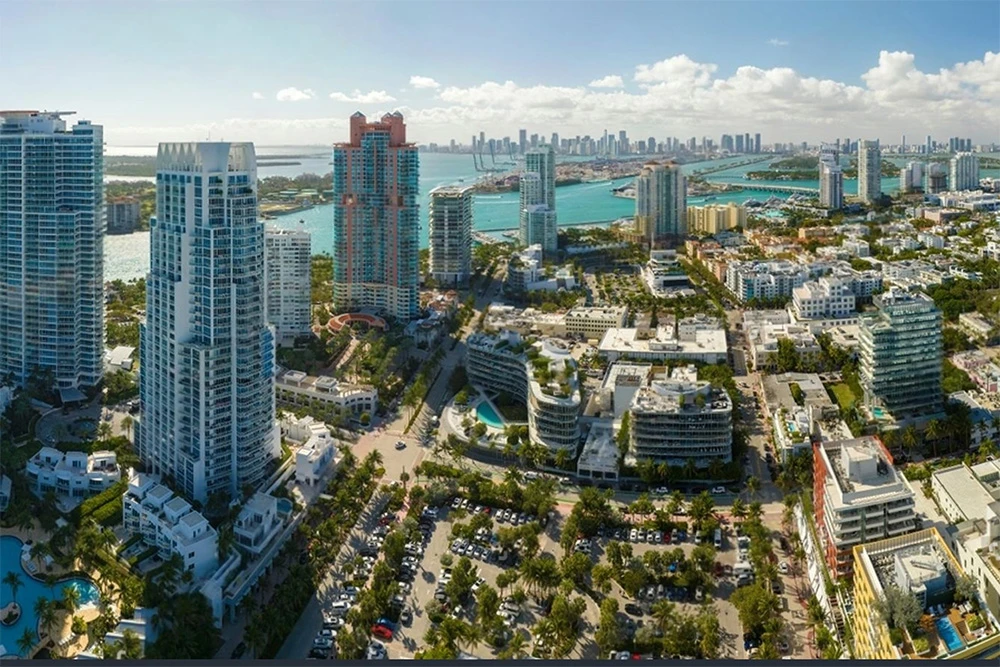
Dominoes, cafecito, and the sweet sting of friendly banter
The first clack sounds like rain on a tin roof, then the laughter rolls in. At the concrete tables, abuelos in sun soft hats lean over the grid, trading jabs sharp enough to sting and tender enough to make everyone grin. The air is sugared with cafecito and a trace of cigar smoke, and the shade rustles kindly overhead. I remember how the rhythm of those tiles steadied the afternoon.
Somewhere between a slam on the table and a sip of sugary espresso, time softens. In Little Havana’s Domino Park, it felt like the past pulled up a chair and asked for a turn. The teasing, the nods, the stubborn pride in the rules somehow it made the city feel smaller and kinder, the kind of place that remembers your order and your story. I left with the taste of coffee on my tongue and the belief that belonging can be loud, funny, and right there in the click of a tile.

A carnival stitched from islands, drums, and a thousand homes
I remember the bass settling into my ribs before anything else. Feathers flashed under streetlights, glitter drifting in the heat, and the air carried sugarcane and charcoal. Soca answered salsa, steel pans chimed against congas, and every block seemed to hum with bright, impatient joy.
In Miami, where the largest Cuban community outside Cuba keeps memory close, Carnival feels both island and mainland at once. You catch the pull of cafecito and jerk smoke, hear Creole, Spanish, and English swapping jokes, and notice voices from over seventy countries sharing the same rhythm. It’s messy in the best way costumes loud, smiles louder and somehow everyone knows the steps even if they swear they don’t.
What stayed with me wasn’t just the color or the volume but the tenderness underneath. For a night, the city became one long heartbeat, steady and generous, reminding me how migration can turn strangers into neighbors. I left with a few sequins on my sleeve and the feeling that home can be many places at once, especially when the rhythm leaves space for everyone.
A Law Against Crowing in the Streets
I still laugh at the idea that, once upon a time, copying an animal noise in public could get you in trouble. Warm night air clings to the skin, music drifts from open doors, and the faint tang of fresh paint hangs in the air how could anyone keep a straight face writing that into law?
In Wynwood, where roosters stare out from bright murals and bass lines hop between old warehouses, banning a crow or a bark feels almost tender, like trying to hush a carnival. It’s the kind of rule that says more about someone’s desire for neatness than about the city’s rowdy heart.
I remember hearing about it and feeling weirdly protective of the odd sounds the offbeat laughter, that whistle someone carries between their teeth, the goofy joy that bubbles up after midnight. Maybe the beauty of a place is how it refuses to be polite all the time. If your chest ever swells with a silly noise, just know the spirit here has always been bigger than the paperwork.
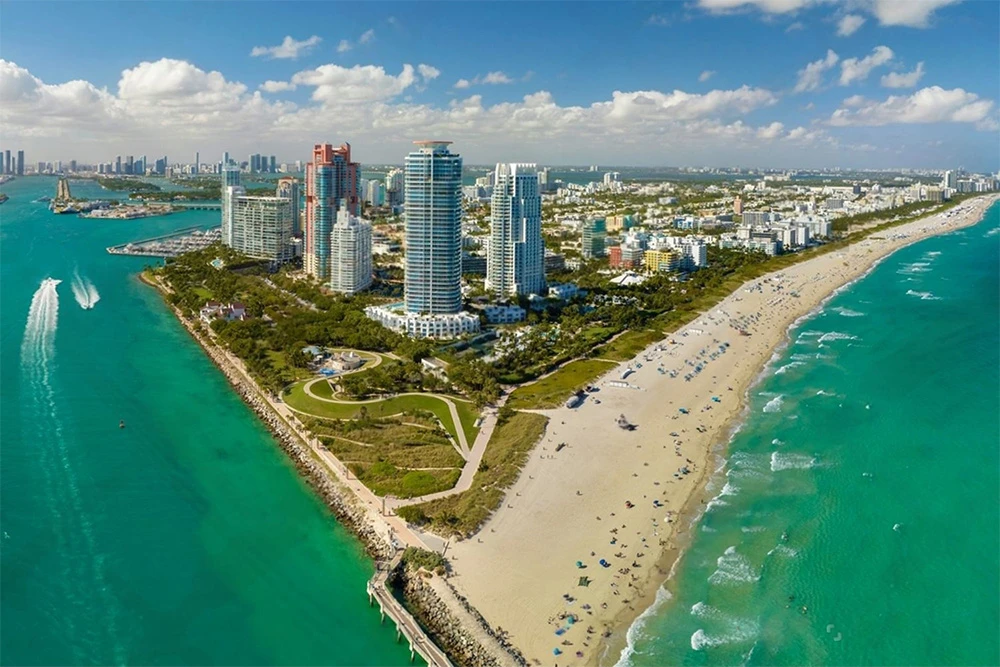
A sweet, sustainable tradition of stone crab kindness
The first crack is always a small thrill. Cold shell gives way to meat that tastes like a clean wave, with lemon mist and mustard’s sunny sting riding the edge. I remember the first time someone told me there was a quiet grace behind these claws, and suddenly each bite felt different more deliberate, almost grateful.
In Miami, the harvest is done by hand: one claw taken, the crab let go to grow it back. There’s something tender in that restraint, a patience that feels like a tide that returns. It turns a plate of sweetness into a lesson about abundance how joy can be generous without taking everything.
So the tradition becomes more than a seasonal craving; it’s a ritual that pairs indulgence with responsibility, a small handshake with the ocean. You taste the feast, but also the future it protects, and you leave the table with that soft afterglow sated, and somehow a little kinder yourself.
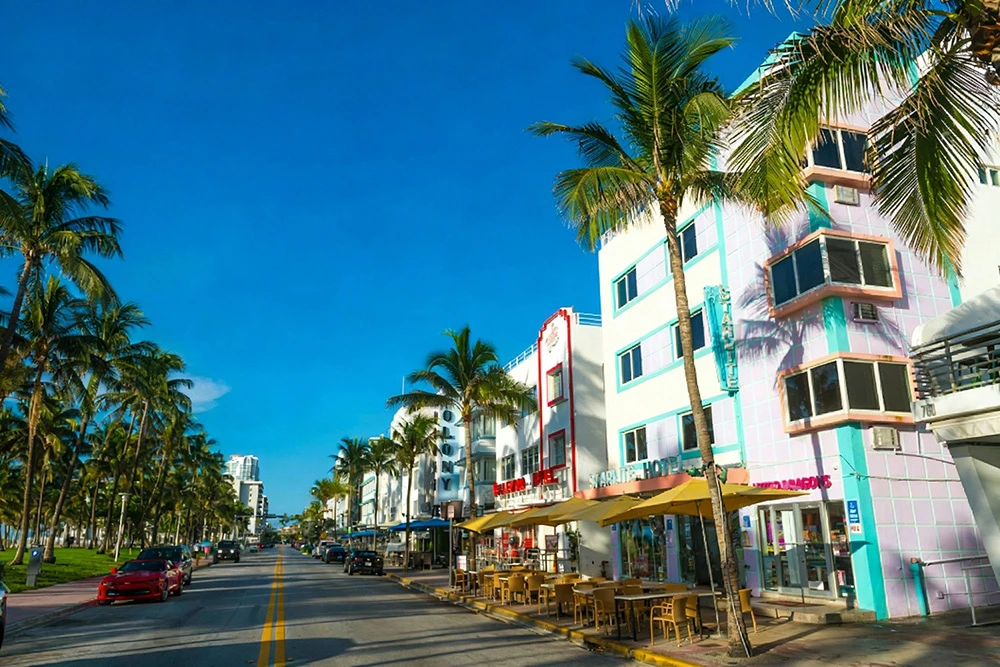
Sunrise at a tide flushed atoll pool
There’s a hush here that feels borrowed from another hour, the kind of quiet that softens your shoulders. The little manmade atoll turns to glass in the first light, and the sky lays itself across it like a polished mirror peach, silver, then a shy blue. You can smell the salt, hear a gull’s quick comment, and notice how the tide has rinsed everything clean again, as if the day decided to begin with a blank page.
I remember thinking how tender it felt to be an early riser at Matheson Hammock Park, as if the morning were letting us in on a gentle secret. The reflections are so calm you forget you’re a few minutes from traffic and headlines, from all the buzzing lists that live in your pocket. It’s a quiet kind of wonder, the kind that restores you not with fireworks but with a steadying exhale, and suddenly the city seems content to wait while you let the light finish its slow work on the water.
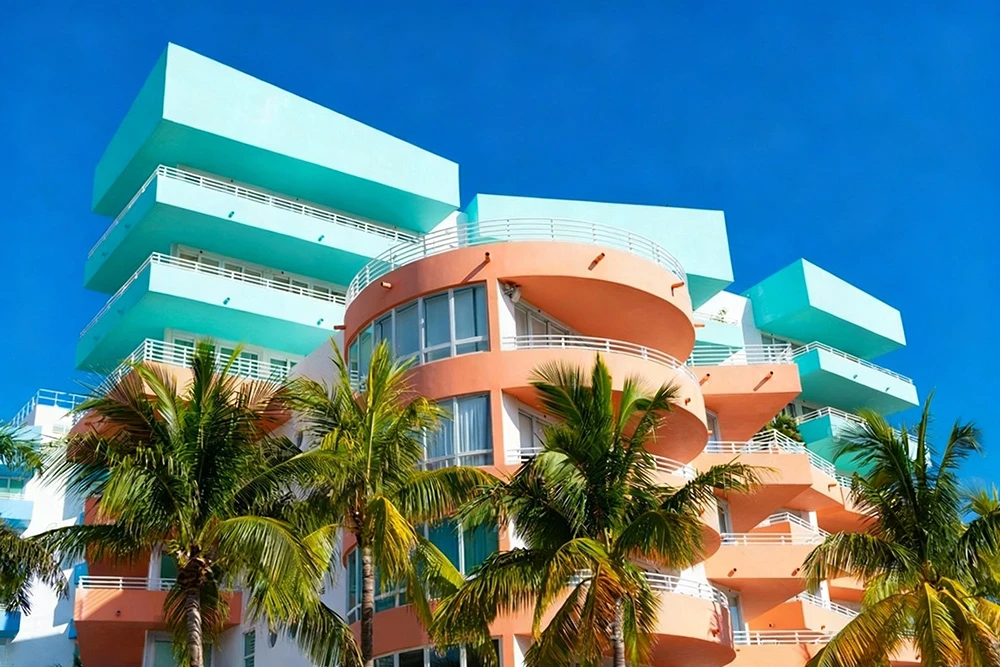
Carved alone, this coral wonder keeps its secrets
I remember laying my palm on the stone and feeling its cool breath in the Florida heat, cicadas going steady in the trees. At Coral Castle in Homestead, a single man somehow raised these pale limestone giants without modern machines, stacking and shaping them with a patience that seems almost otherworldly. The place has a hush to it, like a lullaby hummed in stone.
People love to argue about tools and hidden tricks, but when you’re inside those walls the math goes quiet. What stays with you is the tenderness in the craft, the way each edge seems carefully considered, as if someone was building a promise they couldn’t let go of. The mystery isn’t chilly or distant; it’s sun warmed and a little salty, a puzzle sunning itself.
Maybe that’s the magic worth keeping the not knowing that opens a door to wonder. As evening softens the air, the blocks glow faintly and the palms murmur overhead, and you feel an old, stubborn hope settle in your chest. You walk away thinking less about how it happened, and more about the strange, beautiful things a heart can build.
A library that never slept, welcoming restless hearts
Some nights, the world felt kinder under library lights. There was a time in this city when an all night library kept its doors open for insomniac readers and art students chasing midnight ideas. Fluorescents hummed like crickets, radiators sighed, and the air smelled faintly of dust, graphite, and old bindings. I remember sitting at a long table at two in the morning, not trying to conquer anything just letting the quiet hold me while a sentence slowly softened the edges of the hour. You could hear the soft rasp of charcoal, the turn of a page, the shy clink of a spoon in vending machine coffee.
It felt radical in a gentle way this belief that curiosity doesn’t keep office hours. The all night library was a small pledge of care, a lighthouse for sleepless minds, where strangers shared a soft camaraderie without needing to speak. I loved the mix of drooping eyelids and bright ideas, the way fatigue and wonder found a truce. Even now, when a late hour creeps in, I think of that glowing room and feel steadied, reminded that there are places and moments that keep watch with you until morning.
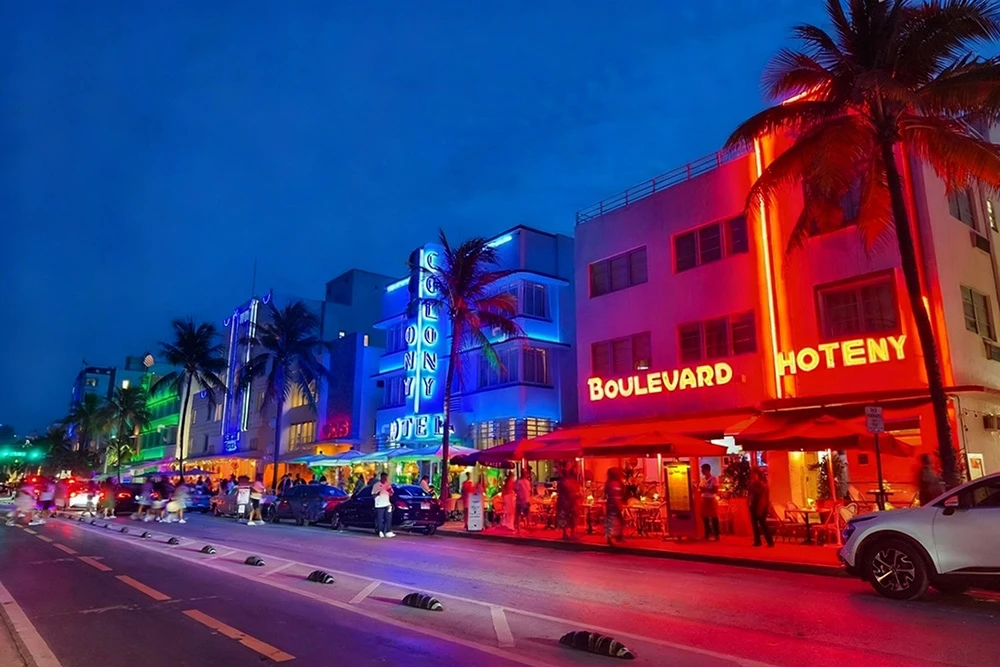
One of America’s youngest big cities, still growing
I love how some places feel like the paint is still drying. Hard to believe Miami was incorporated only in 1896-barely yesterday in city years and yet the nickname makes sense: the Magic City. You catch the salt on the breeze, hear the rasp of construction and the soft thrum of nightlife warming up, and it truly feels like if you blink, another tower, cafe, or mural might appear across the sun glossed streets.
What gets me is the spirit underneath all that speed. Once, I left for a season and returned to find a sleepy block buzzing, like a stage that changes sets between acts while the audience is still sipping their drink. It’s not just buildings multiplying; it’s optimism you can hear in the clink of cafecito cups and see in neon reflections at dusk a place convinced that reinvention is ordinary, and somehow making that belief come true.
Biking past mangroves, paddling softly toward wonder
It still surprises me how quickly the city noise thins. At Oleta River State Park, the air tastes a little brackish and cicadas stitch a steady hush. The city falls away like a jacket you forget you were wearing. For the state’s largest urban park, it feels almost secret, with shaded tunnels of mangroves and sun flecked water that slows your thoughts.
I remember coasting along sandy trails, tires humming and salt on my lips. Later, drifting in a kayak, the river looked like steeped tea and the light softened around the roots. If you keep your paddle quiet, you might notice a whiskered nose, a smooth gray back, the gentlest exhale. Seeing a manatee there feels quietly miraculous wildness right beside the buzz. I left feeling lighter, reminded that sometimes you don’t need distance, just a softer rhythm.
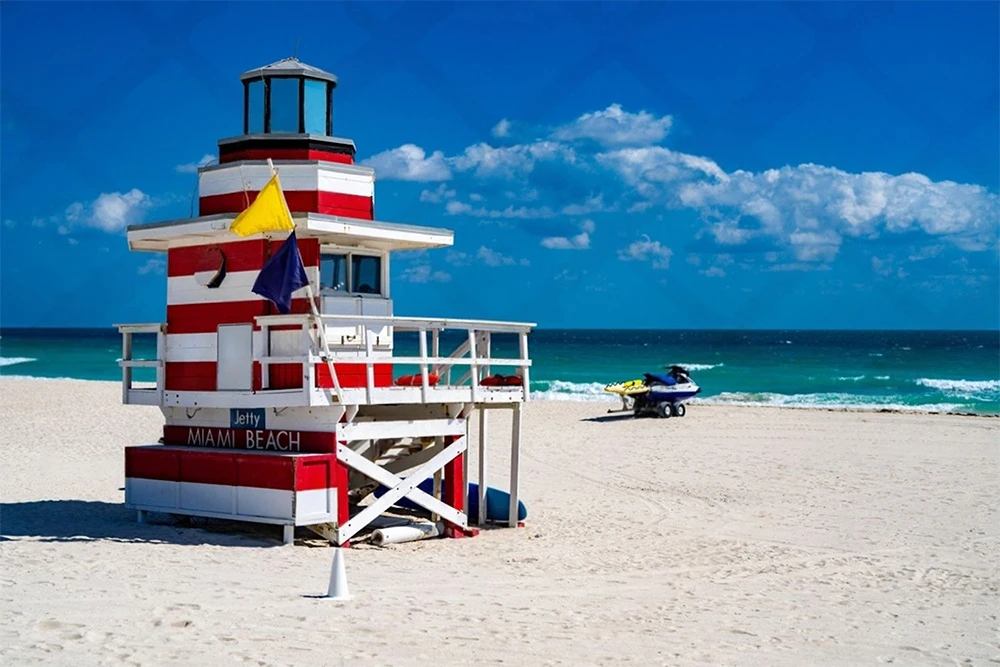
Miami’s secret stages blossom beside the glittering bars.
I love how the city saves its bravest art for the edges of the night. Between the clink of ice and a slice of lime, a saxophone starts to murmur from a room no bigger than a living room; low lamps glow, and suddenly a pocket jazz club is tucked beside the glossy cocktail scene. It feels less like a venue and more like a secret second heartbeat, the kind you only notice when you lean in.
Once, in Miami, there was a black box with mismatched seats and ideas pushing at the rules while neon seeped in from the street. Around another corner, poets gathered by candle and phone glow, passing verses in low voices as bartenders shook something citrusy a few steps away. That’s what I love here: how rebellion politely sits beside glamour, how art pops up like a match struck in a pocket, reminding you a city is most alive in the places it thinks it can hide.
Waterfront art, living walls, and gently moving floors
The first thing I noticed was the air changing, cooler and a little wild, as if the building exhaled green. Living walls draped in leaves filtered the sun into flecks, and you could smell damp greenery tangled with a hint of salt from the water. It’s that rare jungle in the city feeling soft rustle, shifting shade, a quiet that still carries the city’s pulse.
At the Perez Art Museum Miami, even the floors join in; when a train murmurs past, there’s a gentle sway underfoot, a reminder that the ground is not as rigid as we like to think. It’s a small, tender motion, almost like a hammock, and it suits this city where palms, traffic, and tide are always in motion. I remember thinking how right it felt the art, the water, and the rails all sharing one rhythm.

Where even the building joins the design debate
I didn’t expect a museum to feel this opinionated. At the Wolfsonian FIU, propaganda posters line the rooms with heavy fonts and loud colors, faces angled with intent. Then your eye catches the calm of Art Nouveau furniture wood polished to a soft glow, curves disciplined and deliberate and the mischief of oddball industrial designs, all chrome gleam and unapologetic edges. I remember thinking the past was very present here, close enough to nudge your thoughts in new directions.
What surprised me most was how the building holds its ground against the collection. Architecture friends swore they could stare at the facade for as long as the galleries, and I believed them; even in South Beach, where style often steals the show, this place has a sober grace that steadies you. I remember the crisp hush inside cool stone, measured light and the way your gaze keeps ricocheting between object and structure, never quite choosing a favorite.
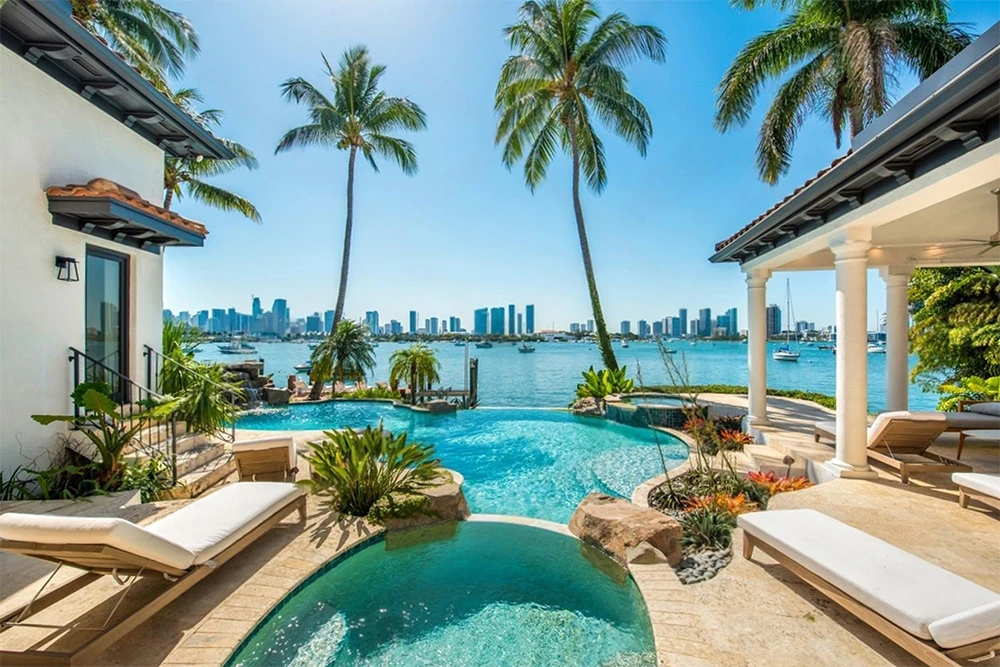
A whispered garden beyond the party noise
I love how every loud place keeps a soft secret. There’s a rumor that somewhere behind the thump and glitter, a little garden waits shade pooling under palms, jasmine in the salt air, the bass from the bars fading to a far thrum. Locals slip away for quiet afternoons, letting the light sift through fronds while the afternoon feels unhurried.
In Miami Beach, the older neighbors won’t map it for you; they answer with a knowing grin, protective of that quiet like a favorite memory. And honestly, that feels right. The garden isn’t just a dot on a map it’s proof that a place built for celebration still makes room for stillness, a small hush between songs. I remember feeling grateful for the rumor itself, a reminder that you can have both noise and rest.

A refuge that still holds the city at bay
Out here, the city softens; engines fade into gull cries and the hush of warm water. The air smells of salt and sunscreen, and the mangroves rustle in the heat. I always feel my shoulders unclench it’s like finding a quiet room in a house that never sleeps.
During segregation, this shoreline was a vital refuge for Black families, a place to claim joy and safety when so much else said otherwise. I picture picnic songs and Sunday laughter lifted by the breeze, the kind of sound that insists on being heard. At Virginia Key Beach Park, history hums like a low tide, and that gentle chorus is why it still feels miraculously insulated from the city’s fevered pace.
A lighthouse and turtles at Miami’s wild edge
I remember the air tasting of salt and sun warmed grass, and the way the old white lighthouse held its ground at the tip of the island. Built in the 1800s, it stands like a quiet sentinel while pelicans skim the water and sea grape leaves click in the breeze. It’s the kind of stillness that makes your shoulders drop without you noticing.
On moonlit nights, the beach turns soft and secret. Sea turtles rise from the dark water to nest, leaving scalloped paths in the sand, and everything grows very still. I remember whispering without meaning to, because some moments ask for gentleness.
What amazes me is how close it sits to the skyline. You can see the high rises blink in the distance, yet the noise falls away until it’s just surf and wind; it’s the corner of Miami where the city’s heartbeat fades like a radio turned low. It reminds me the wild is still here, even when you’re only a few breaths from downtown.
A 2,000-year old circle beneath downtown's restless feet
Sometimes the ground holds something older than the skyline. When a building came down downtown, the demolition revealed a ring carved into limestone two millennia old, right by the river in Miami. You can stand there and hear traffic hum, feel the salt tinged air on your skin, and think about hands you’ll never meet shaping that circle. Archaeologists still puzzle over who made it and why; it sits there like a clock without hands, marking presence without explaining the hour.
I remember learning it had been hiding under an office floor, and it changed the way I looked at the streets for days. This city loves polish and reinvention, yet there’s this steady reminder that nothing here is quite what it seems. That circle feels like a quiet heartbeat under the city, a small, stubborn rhythm asking us to pay attention to what endures, even when the surface keeps changing.
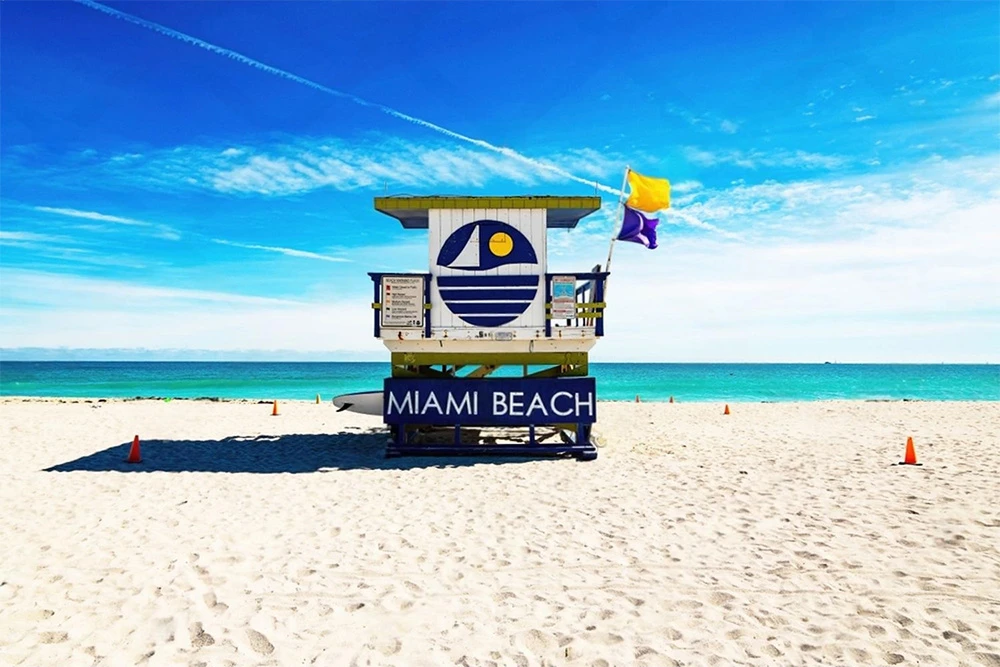
Final thought
Amid hidden stories, small details, and human moments, the city becomes clearer. Listening is like a seashell held to the ear, a quiet hum that appears when you slow down. In those small encounters, I find a truer Miami that lingers long after I leave. I go forward ready to keep noticing, moving with patience and care.
